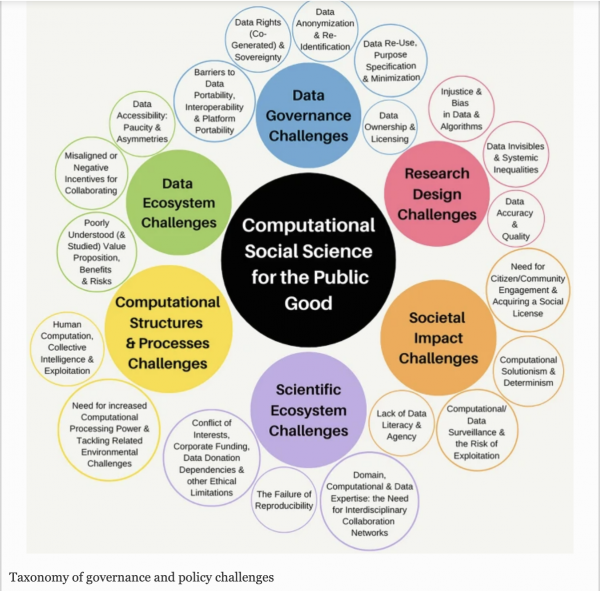Report by Daniel Susskind: “It is often said that work is not only a source of income but also of meaning. In this paper, I explore the theoretical and empirical literature that addresses this relationship between work and meaning. I show that the relationship is far less clear than is commonly supposed: There is a great heterogeneity in its nature, both among today’s workers and workers over time. I explain why this relationship matters for policymakers and economists concerned about the impact of technology on work. In the short term, it is important for predicting labour market outcomes of interest. It also matters for understanding how artificial intelligence (AI) affects not only the quantity of work but its quality as well: These new technologies may erode the meaning that people get from their work. In the medium term, if jobs are lost, this relationship also matters for designing bold policy interventions like the ‘Universal Basic Income’ and ‘Job Guarantee Schemes’: Their design, and any choice between them, is heavily dependent on policymakers’—often tacit—assumptions about the nature of this underlying relationship between work and meaning. For instance, policymakers must decide whether to simply focus on replacing lost income alone (as with a Universal Basic Income) or, if they believe that work is an important and non-substitutable source of meaning, on protecting jobs for that additional role as well (as with a Job Guarantee Scheme). In closing, I explore the challenge that the age of AI presents for an important feature of liberal political theory: the idea of ‘neutrality.’..(More)”


